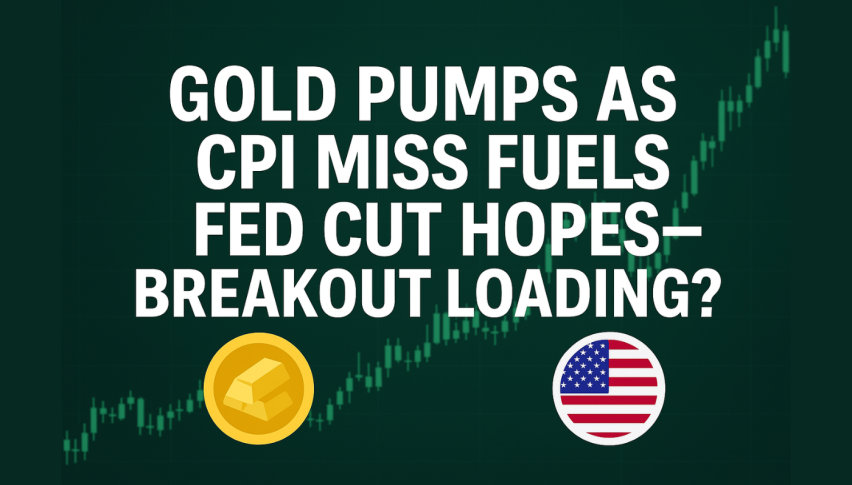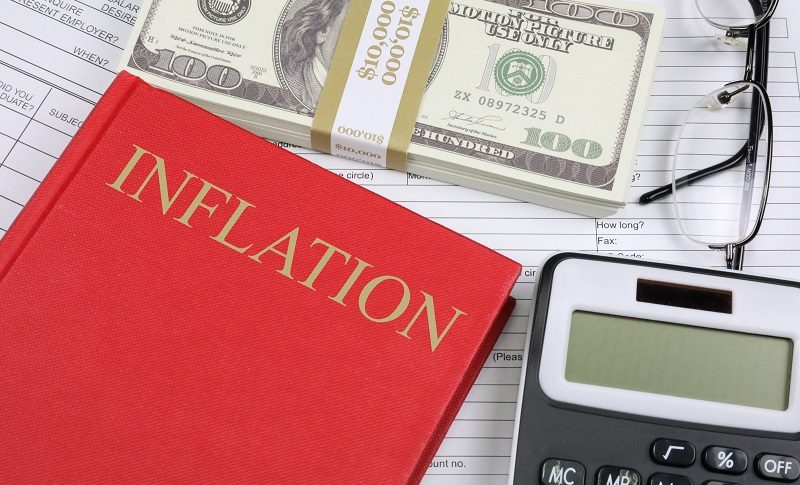Uncertainty surrounding tariffs and global trade policy has contributed to significant volatility in cryptocurrency markets. The prospect of tariff delays helped push the U.S. dollar lower, boosting the euro and allowing EUR/USD to rebound from near-parity. The euro has been the best-performing major currency over the past week, rising four cents to hit a four-month high above 1.08. This move also saw EUR/USD break above all major daily moving averages for the first time since November, suggesting a potential shift in market momentum.
btc-usd
Forex Signals Brief March 7: NFP Release to Add to Tariff Volatility in Markets
Skerdian Meta•Friday, March 7, 2025•3 min read
MARKETS TREND
The market trend factors in multiple indicators, including Simple Moving Average, Exponential Moving Average, Pivot Point, Bollinger Bands, Relative Strength Index, and Stochastic.
Today we have the NFP report which will add to the volatility in stock markets on top of tariff talk, so caution is advised for traders.

The U.S. dollar’s decline slowed after President Donald Trump and Commerce Secretary Howard Lutnick announced that tariffs on Canadian and Mexican goods would be delayed until April 2. Trump also reaffirmed a policy of reciprocal tariffs, stating that if the U.S. trade imbalance had been the deciding factor, the duties would have taken effect immediately. Despite a record-low trade deficit, the surge in imports from trading partners was likely driven by anticipation of future tariffs.
On March 12, 2025, the European Central Bank lowered its three key interest rates by 25 basis points as expected, reducing the deposit facility rate to 2.50%, the main refinancing rate to 2.65%, and the marginal lending facility to 2.90%. European equities responded positively, with the DAX 40 reaching another record high. Inflation forecasts remain on track, with headline inflation projected at 2.3% in 2025, 1.9% in 2026, and 2.0% in 2027.
However, GDP growth expectations were revised downward to 0.9% for 2025, 1.2% for 2026, and 1.3% for 2027, reflecting weaker exports and uncertain investment trends. The ECB emphasized a data-dependent, meeting-by-meeting approach, without committing to a specific rate path, which has been seen as a supportive signal for the euro.
Despite some positive developments in trade policy, U.S. markets ended the day significantly lower due to persistent concerns about slowing economic growth. The Nasdaq dropped 483 points, or 2.6%, closing below its 200-day moving average at 18,392. The index fell nearly 3% intraday before a slight recovery. The Dow Jones Industrial Average declined 1.0%, while the S&P500 lost 104 points, or 1.8%, closing at 5,738. The uncertainty surrounding trade and tariffs continues to weigh on investor sentiment.
Today’s Market Expectations
Looking ahead, the Canadian employment report is expected to show an increase of 17.5K jobs in February, down from 76.0K in January, while the unemployment rate is projected to tick up to 6.7% from 6.6%. The Canadian dollar remains vulnerable to trade concerns as markets closely monitor upcoming tariff deadlines.
The U.S. Non-Farm Payroll (NFP) report is anticipated to show 153K new jobs in February, up from 143K in January, with the unemployment rate holding steady at 4.0%. Wage growth is expected to slow slightly, with average hourly earnings at 0.3% month-over-month, down from 0.5%, while the annual figure remains at 4.1%. Average weekly hours worked are expected to edge up to 34.2 from 34.1. A scenario of lower-than-expected wage growth alongside steady employment data would be seen as favorable for markets, while weak employment figures combined with strong wage growth could trigger another round of stock market declines and risk-off sentiment.
The depreciation of the US dollar stalled yesterday, but there was still volatility in forex and other markets, particularly in stock markets and there were quite a few reversals, as tariffs are postponed. Crude oil prices also fell further but bounced late in the day. As a result, we closed 6 trades across all markets, breaking even at the end of the day.
Gold Consolidates Gains Above 2,900
Gold continued its rebound after a sharp drop in February, reclaiming the $2,900 level. Although it had reached record highs above $2,956 before declining, the metal remains in strong demand in both risk-on and risk-off conditions. A key support level around $2,832 has attracted buyers, and gold has turned bullish over the past two days, rising above $2,915.
XAU/USD – H4 Chart
EUR/USD Stalls at 1.08 After the Surge
EUR/USD – Daily Chart
Cryptocurrency Update
MAs Stop the Bitcoin Rebound
Bitcoin experienced a major sell-off last week, falling from $110,000 on January 20 to below $80,000. However, on Sunday, it rebounded to $95,000 after finding strong support at the 200-day SMA. By Monday, sellers regained control, pushing Bitcoin back below $82,000, erasing most of its gains from Trump’s crypto reserve announcement and triggering over $1 billion in futures liquidations. On Wednesday, Bitcoin climbed $4,000, surpassing the $90,000 mark after stabilizing above the 200-day SMA on Tuesday amid growing speculation about tariff delays.
BTC/USD – Daily chart
Ripple XRP Continues Grinding Higher Above $2.50
Following Trump’s announcement that Ripple, Solana, and Cardano would be included in the U.S. national cryptocurrency reserve, XRP surged 50% on Sunday after dropping below $2. The rally brought XRP close to the $3 resistance level, but buyers were unable to break through, leading to a sharp pullback to $2.2150. However, risk assets recovered as market sentiment improved, and the $2.20 support level held, allowing XRP to climb back to $2.50. A break above $3 would be needed to sustain bullish momentum, while a drop below $2.20 could trigger renewed selling pressure.
XRP/USD – Daily Chart
Check out our free forex signals
Follow the top economic events on FX Leaders economic calendar
Trade better, discover more Forex Trading Strategies
Skerdian Meta
Lead Analyst
Skerdian Meta Lead Analyst.
Skerdian is a professional Forex trader and a market analyst. He has been actively engaged in market analysis for the past 11 years. Before becoming our head analyst, Skerdian served as a trader and market analyst in Saxo Bank's local branch, Aksioner. Skerdian specialized in experimenting with developing models and hands-on trading. Skerdian has a masters degree in finance and investment.
Related Articles
Comments
0
0
votes
Article Rating
Subscribe
Login
Please login to comment
0 Comments
Oldest
Newest
Most Voted
Inline Feedbacks
View all comments




